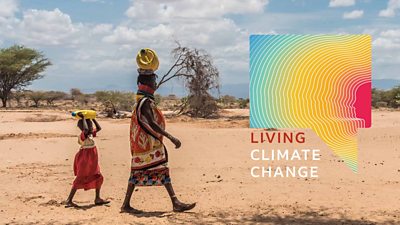When we were choosing what topics to focus on for the Living Climate Change films, we asked ourselves what climate change stories in Bangladesh most need to be heard by the wider world. Above all, we wanted to show the real lives of people affected by climate change across Bangladesh, in the city and in the rural areas.
Issues like global warming and salinisation are well-known within Bangladesh, but these phenomena and their impact on physical health and well-being are not widely known about outside the country. So, this is what we chose to focus on.
We chose to talk to Nazma Begum, a garment factory worker whose life represents millions of other factory workers in Bangladesh. She works up to 14 hours a day in a densely crowded, hot environment and then gets no respite from the extreme temperatures at home.
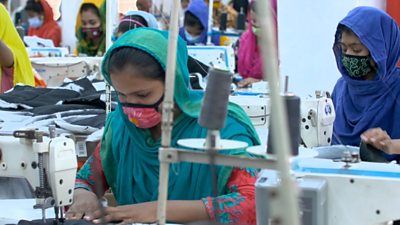
Unexpected stories of extreme heat
When we started production, we assigned a content researcher. We expected we might find some people getting sick working in a factory. We had some ideas of what we expected but when the people in Dhaka started opening up to us, we didn’t expect that they would have tales of their own close relatives dying as a result of the heat. We never expected that Nazma would tell us that she lost her pregnancy as a result of the extreme conditions.
She wasn’t the only one. When we went to the village of Choto Antighara, our interviewee Shabjan Begum told us she had had three miscarriages – as if it was normal. Every other woman we talked to had a similar story.
Research tells us that water salinity can affect reproductive health and pregnancy, but locally the women have to deal with many social misconceptions. In rural Bangladesh, it is often believed that a woman who loses multiple pregnancies is at fault. Her husband may leave her as a result.

Skin conditions and social taboos
On top of that, the scarcity of fresh water means that the residents have to use the salt water for bathing and cleaning. This means their skin is rough and they develop skin conditions, and as a result, men may refuse to marry women with this issue. So, as well as the physical suffering, women like Shabjan must cope with cultural and social taboos.
The people we spoke to recognise that the climate is changing. In the coastal regions, they rely on the tides and nature to earn a living. They can see that the tides are getting higher and that weather is getting more extreme, even without fully understanding why.
This is what stood out to us. These extremes of weather, extreme loss and extreme poverty, the people we spoke to have accepted as normal, even while their lives and livelihoods are upended.
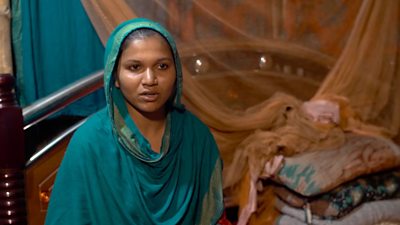
A vicious cycle
The two films set in Choto Antighara and Dhaka are stand-alone stories. But if you watch them, you see a vicious cycle unfold. People in the south of Bangladesh can barely survive in the unlivable climate, so they plan to migrate to towns. But the people living in urban areas like Dhaka – who often move there because they’ve been displaced from their homes because of climate change – don’t plan to stay there. They want to save some money and then return home in search of a better life.
This is how many people in Bangladesh are living their lives and the devastating problems they face. People like Nazma and Shabjan are the some of the worst-affected by climate change but have done the least to cause it. In our films we hope to show a snapshot of their lives to show how these communities are coping with increasingly extreme and unpredictable climate conditions.
Are these exceptional stories? This might seem to western eyes, but not for the people we spoke to. For them, this is the new normal they must live with.
Watch the series
-

Mosquitoes in the mountains, Nepal
Mosquitoes and mosquito-borne diseases like malaria used to be confined to low-lying areas of Nepal. But in the last three years, there have been over 900 cases of malaria in the mountain regions. Parbati Bhat, who has been a community health volunteer for 38 years, says treating malaria cases has now become a new part of her role. -

The flood that took everything, Kenya
The consequences of extreme and unpredictable weather conditions can take a severe toll on mental health, as well as physical health. Pastoralist Lomilio Ewoi Erot lost his livelihood when his herd of hundreds of goats was swept away in a flood; he speaks of his struggles with mental health after becoming unable to provide for his family. -
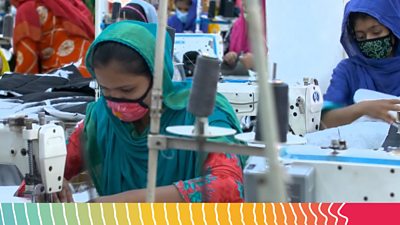
Feeling the heat, Bangladesh
Increasing temperatures, particularly in big cities like Dhaka, the capital of Bangladesh, have profound effects on human health. Nazma Begum, who lives in a slum in Dhaka, described the impact of working 14 hours a day in an overheated garment factory, while others suffer from skin conditions and heatstroke. -

When snow becomes rain, Nepal
Climate change is destabilising food production in many parts of the world. Angyel Jung Bista, an apple farmer in the village of Kabgeni in Nepal, struggles to grow apples as warmer weather, heavy rainfall and floods pollute the water, prevent apples from growing, and contribute to the spread of waterborne diseases. -

The long walk to water, Kenya
Pregnant Kenyan mother Esther Elaar walks over two hours a day to get to a water source, then carries a heavy, 20-litre jerrycan all the way home again. Prolonged droughts and changing weather patterns driven by climate change have made everyday life an increasing struggle for people in northern Kenya. Women in the region have noticed an increase in miscarriages and stillbirths which they attribute to the extreme conditions. -
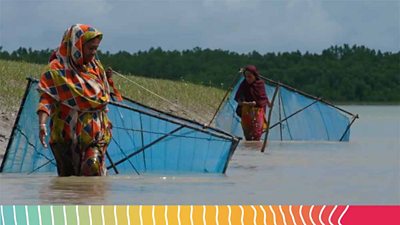
Salt in the water, Bangladesh
In coastal regions in Bangladesh, increased levels of salt in fresh water are contributing to reproductive health problems and cardiovascular diseases. Shabjan Begum, who lives in a fishing village on the southern coast reliant on the saline water for food, water and fishing, knows these health risks first-hand, through her own experience and that of her family and neighbours.
Behind the scenes
-
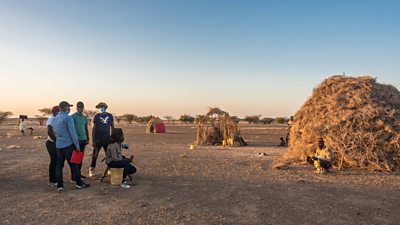
Behind the scenes in Kenya
Our project director Diana Njeru shares her reflections on extreme heat and drought, and their impacts on health, in northern Kenya. -

Behind the scenes in Nepal
Our communications manager, Om Rai, reflects on the journeys to meet Angyel Bista and Parbati Bhat. -
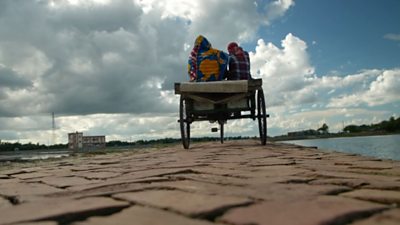
Behind the scenes in Bangladesh
Film producer Polash Rosul and Head of Production Bishawjit Das share the storygathering process behind our Living Climate Change series in Bangladesh.



